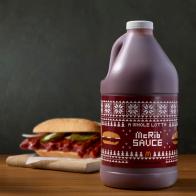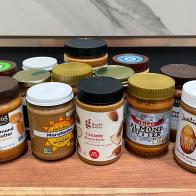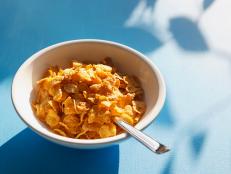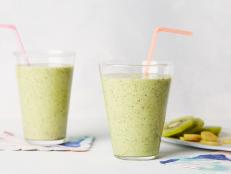What Is Celtic Salt, and Is It Really That Much Healthier Than Other Salts?
A registered dietitian breaks down the trendy grey salt’s supposed health benefits, and whether it’s worth its price tag.
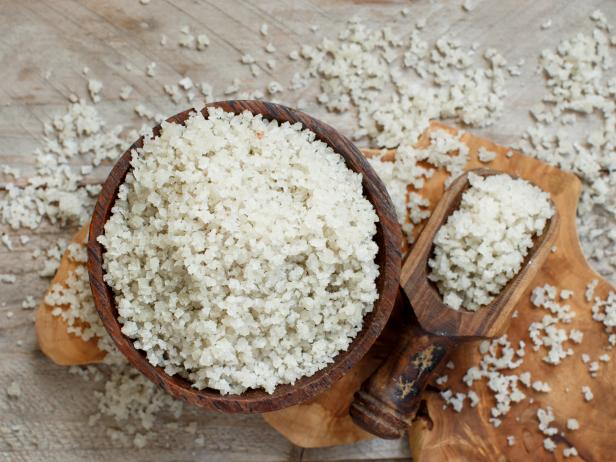
Karisssa/Getty Images
You may be sprinkling sea salt on your food for the mineral-like flavor of the sea. But what if those extra minerals in sea salt had health benefits? Celtic Sea Salt, which has been making the rounds on TikTok, contains over 80 trace minerals and some people claim that Celtic salt can promote stable blood sugar, reduce muscle cramps and keep the body better hydrated.
But all salt comes from the sea, directly or indirectly. So is Celtic salt really the healthiest sea salt? And how do other popular salts like pink Himalayan salt and Norwegian sea salt stack up against it?
What Is Sea Salt?
Most sea salts are made by collecting sea water and then evaporating it to form salt crystals. Usually the sea water is collected into large beds on the coastline. The evaporation process is monitored and can take as long as five years. The resulting salt contains trace minerals and even some algae found in the sea water from which it originated.
Because salts are made from seas around the world, each salt also has an individual composition of minerals and unique flavors. To be able to taste these interesting flavors, a sea salt needs to be sprinkled on a dish right before serving, much like a condiment, otherwise those individual flavors will be overwhelmed by the food.
Because sea salts are usually tended to for years and then hand-harvested, they are more pricey than table salt and kosher salt. Is the expense of sea salt worth it in terms of health benefits, especially if you can’t taste the difference between salts?
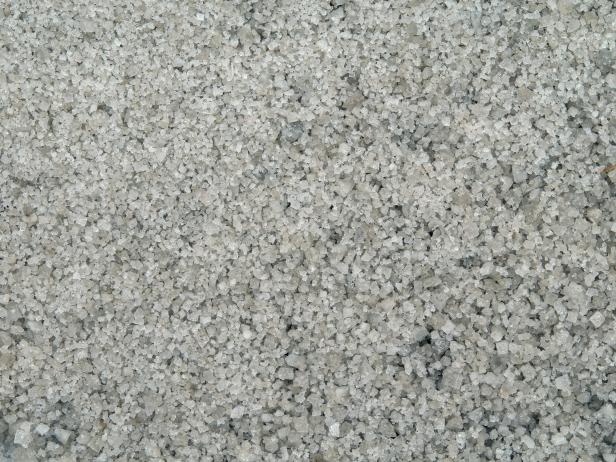
MauMyHaT/Getty Images
Is Sea Salt Healthy?
It’s true that if you want to use less salt in recipes, you can substitute sea salt for regular table salt. Sea salt comes in light and flaky or rough crystal-like particles; these particles are larger than the tiny compact table salt grains. Thus, less sea salt by weight fits into a measuring spoon, than the same volume of table salt (and some kosher salts).
Sea salts are less processed than table salt. And while not all foods that are less-processed are necessarily healthier, sea salts do contain more trace minerals than refined table and kosher salts, including the electrolytes potassium, calcium and magnesium.
Sodium chloride is the main component of salt. Sea salt is 85 to 99-percent sodium chloride. Other minerals in sea salt are found in very small amounts.
But do those extra trace minerals really make a difference and make one sea salt healthier than another?
Celtic Sea Salt
Celtic Sea Salt is one brand of Celtic salt that originally came from the coastline of France. The gray color of Celtic salt comes from trace amounts of algae and minerals that are found in the sea water and also the natural clay beds in which it is evaporated. The moisture and humidity is not fully evaporated when the salt is collected, so it’s naturally moist and sticks together slightly. The brand-name Celtic Sea Salt is hand-harvested and comes from several locations including Hawai’i, Portugal, Guatemala, Spain and the original France. So the amount of mineral content varies by original location.
Minerals in 1/4-teaspoon (1.5 g) French Celtic Light Gray Sea Salt include:
- 2 mg potassium
- 5 mg magnesium
- 3 mg calcium
- 468 mg sodium
Pink Himalayan Salt
The pink color is said to come from trace amounts of iron-containing rock found in Himalayan salt. While Himalayan salt is not usually called sea salt, it is from the sea and less-processed. Himalayan salt is hand-mined in Pakistan from mines located in long-ago sea beds. It’s found in large, rock-like crystals that are often ground into a finer consistency before use. Because it is a hard rock, it does not contain moisture.
Minerals found in 1/4-teaspoon (1.5 g) Himalayan salt include:
- 5.2 mg potassium
- 0.3 mg magnesium
- 6.1 mg calcium
- 574 mg sodium
Norwegian Sea Salt
Norwegian sea salt does not include algae or rock particles and is a pure white color. It is hand-harvested from the clean icy waters of the Norwegian Sea. The Norwegian Sea and the salt from this location appears to have lower trace heavy metal and lead content than other salts. It contains less moisture than moist Celtic Sea Salt, but some residual humidity remains. It has a very light, flaky texture.
Minerals found in 1/4-teaspoon (1 g) Norwegian sea salt include:
- 2.5 mg potassium
- 7.4 mg magnesium
- 3.1 mg calcium
- 359 mg sodium
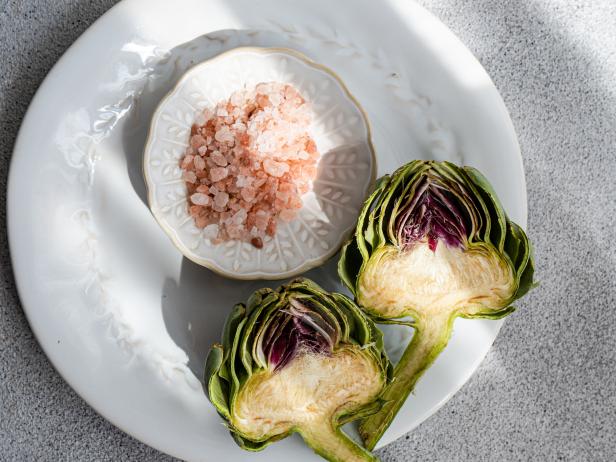
annabogush/Getty Images
Which Sea Salt Is Best?
It depends on your preference, especially your flavor preference! The only significant nutritional difference is the amount of sodium. But this is mainly because Norwegian sea salt is the ‘fluffiest’ and less volume fits in a quarter-teaspoon.
Now, what about sea salt health claims?
Do sea salts help with hydration, and are they even better than sports drinks?
It’s said that a pinch of Celtic Sea Salt is a good thing to add to water for better hydration.
The most common nutrients lost in sweat are salt and potassium. Most sea salts contain a small amount of potassium.
However, the amount of potassium in a quarter-teaspoon of sea salts is very small; 2-5 mg of potassium along with about 400 mg of sodium. For comparison, a 12-ounce bottle of Gatorade contains 50 mg potassium and 160 mg sodium.
Drinking water with a quarter-teaspoon of sea salt can replenish salt lost after exercise or sweating. However, it’s unnecessary to add salt every time a water bottle is filled because foods are a higher source of potassium. Also, a high-sodium diet is linked to high blood pressure.
For a more ‘natural’ sports drink, make a homemade hydration drink using any sea salt. Simply add a pinch of sea salt to potassium-rich coconut water, then mix in a tablespoon of carbohydrate-containing honey; carbohydrates help fluids and electrolytes get absorbed by the body.
Can sea salt cure muscle cramps?
Muscle cramps can be caused by a variety of conditions.
If muscle cramps are caused by dehydration, a pinch of any salt, including sea salt could help.
For an intense workout session, the amount of lost fluids and electrolytes could be severe enough to cause dehydration and muscle cramping. A pinch of salt and fluids before exercising can help to maintain electrolyte balance and prevent cramping.
Can sea salt lower blood sugar?
Sea salt does not contain carbohydrates. So it cannot raise nor lower blood sugars.
Bottom Line: Sea salts from around the world have unique flavors and it can be fun to taste the differences between them. The crystal sizes of sea salts are larger than processed salts, so using sea salts may decrease sodium intake. However, it’s unlikely that the tiny amounts of trace minerals found in Celtic salt or any sea salt are responsible for major health benefits.
Related Content:












